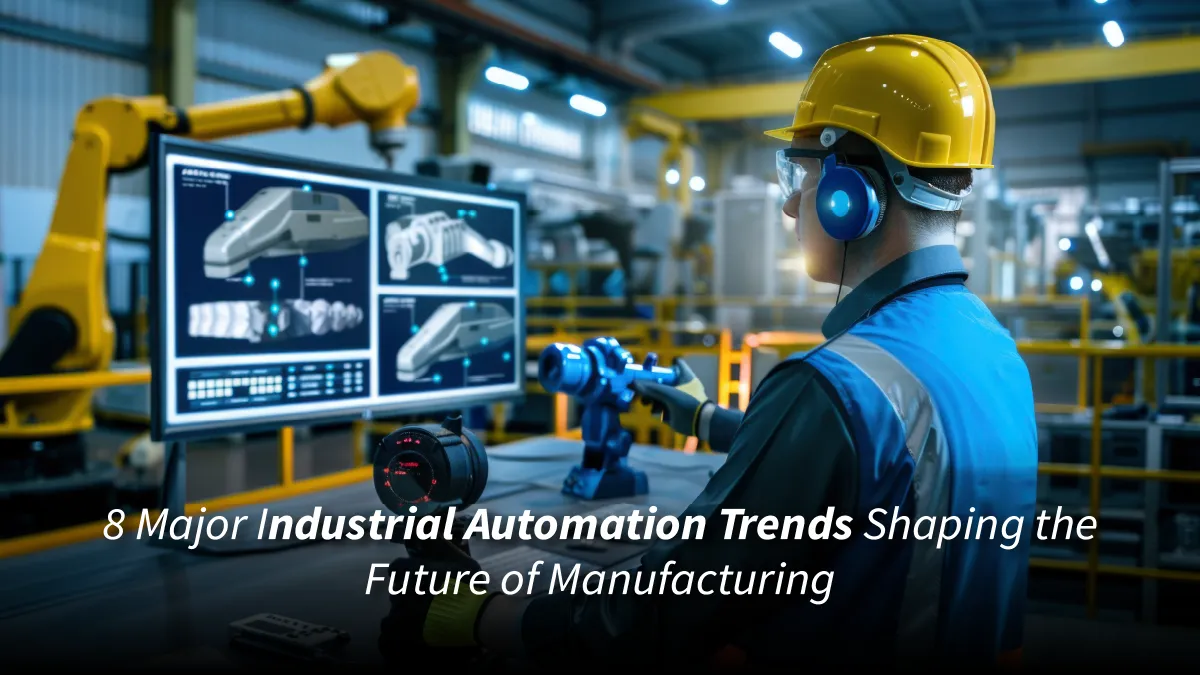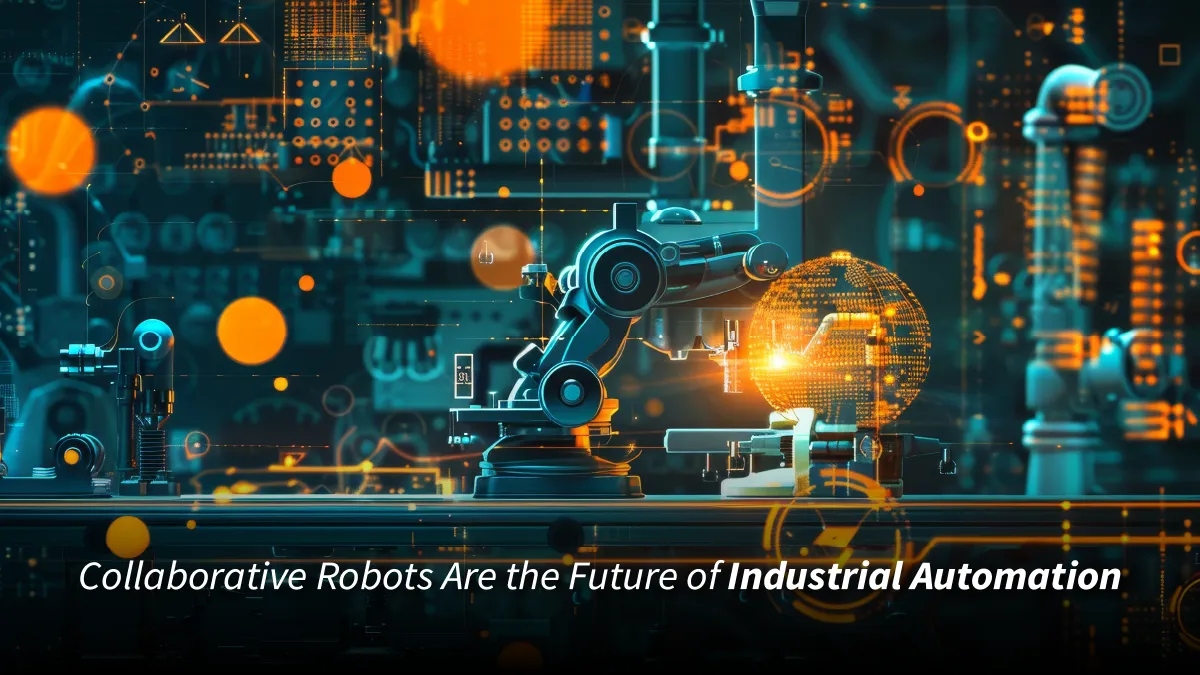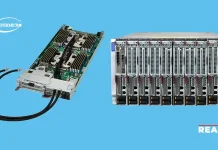Did you know that 97 million new roles could emerge due to automation, according to the Future of Jobs report? Industrial automation is a rapidly evolving field. Companies must track new industrial automation trends to stay competitive. As robotics and AI advance, they could boost efficiency and cut costs.
With innovations on the horizon, production businesses must identify the right automation trends and invest wisely. Let’s walk you through major industrial automation trends reshaping the overall field.
Also Read: Key Technologies, Aspects, and Challenges of Digital Manufacturing
8 Major Industrial Automation Trends Shaping the Future of Manufacturing

1. Speed to Automation
Speed to automation is expected to be a key differentiator soon. More manufacturers are realizing the importance of automation technology. As per Assembly Magazine, lead times have increased in the last few years. This is due to a rise in demand for automation. According to one integrator, lead times have increased by 50–100%. This has had a major impact on their clients’ commitments.
Sectors with short product lifecycles must speed up their design-to-operation processes. According to Assembly, 82% of engineers consider delivery time to be crucial when choosing parts for an automation project. The only categories with greater ratings were quality (96%) and service and support (93%). The price is a far fifth.
2. Industrial AI and Machine Learning
The future of industrial automation is being completely transformed by Artificial Intelligence (AI). AI systems can predict issues before they cause costly downtime. They do this by analyzing large data sets.
These are a few instances:
- Manufacturing: AI can track vibrations and machine temperatures. It can predict equipment failures in a factory.
- Agriculture: AI sensors can assess soil moisture and nutrients. They can find issues and maximize crop yields.
AI systems can learn and improve their predictions over time due to machine learning. This enables more sustainable industrial operations and preventative maintenance.
3. Advanced Robotics and Automation
Advanced robots and collaborative robots (cobots) are leading industrial automation trends. These advanced devices have many functions. They can enhance productivity and optimize processes.
93.4 percent of American manufacturing companies employ fewer than 100 people. Did you know that? 75 percent of them employ fewer than 20 people. But, this does not mean that automation won’t help smaller businesses.
Cobots are a game-changer for small and medium-sized businesses (SMEs). Many think traditional industrial robots are only for large, resource-rich companies.
Cobots are made to safely operate alongside humans, unlike their industrial counterparts. It fosters cooperation and eliminates the need for complex safety cages.
Here’s why cobots are so advantageous for SMEs:
- Scalability: Cobots are simply deployable to automate specific operations, even in confined areas. Companies can automate a single process or a few tasks at a time. This avoids a total revamp of their manufacturing line.
- Flexibility: Many cobots are user-friendly and easy to train, without much robotics knowledge. This enables businesses to modify their automation systems as their needs change.
- Cost-effectiveness: Cobots are usually cheaper than standard industrial robots. They cost less to buy, install, and operate. This makes automation a more viable choice for small businesses.
Also, the International Federation of Robotics estimates that less than 10% of jobs can be totally automated. Robots and cobots don’t take jobs. They eliminate repetitive tasks. This frees up time for humans to do more meaningful work.
4. Blockchain
Blockchain is emerging as one of the key industrial automation trends. It lets machines, people, and organizations share data and communicate safely in a decentralized way. Also, entrepreneurs use smart contracts to track and verify products in the supply chain. They also use them for decentralized equipment control and monitoring. It also improves coordination and cooperation among parties. It automates data access and sharing. Consequently, blockchain establishes a self-regulating, transparent, and safe industrial ecosystem.
5. Big Data
Big data is a vast pool of knowledge. It helps businesses keep up with fast-changing trends in industrial automation. AI and machine learning can detect patterns in real-time data. They can spot anomalies and predict mechanical problems. Every stage of the manufacturing process involves the collection of data. This data is obtained from machines, sensors, and other sources. This data gives businesses key insights into their consumers’ needs and wants. It helps them manage production for peak efficiency.
Big data greatly affects automation. Smart factories use it to monitor and improve their manufacturing processes. This ultimately leads to improving efficiency. Big data is key to smart business automation process. It uses info to drive manufacturing, raise quality, and improve customer satisfaction.
6. Industrial internet-of-things (IIoT)
The Internet of Things (IoT) is among the industrial automation trends. It enables sensors and equipment to connect to the network and exchange data. It allows for real-time data analysis. This improves decision-making and streamlines processes.
7. Digital Twins
Manufacturers are using digital twins to model and analyze production processes before adoption. It’s a key industrial automation trend revolutionizing the field. A virtual duplicate of a real asset or procedure is called a digital twin. This technology enables process optimization, predictive maintenance, and product design. A digital twin lets manufacturers find problems in a risk-free, virtual environment.
8. Edge Computing
Edge computing is processing data closer to its source. It relies less on centralized cloud servers. For real-time data analysis and industrial automation decision-making, this trend is essential. Manufacturers can boost security and reduce latency by processing data at the edge. This will ensure operations run continuously.
Collaborative Robots Are the Future of Industrial Automation

Human-robot collaboration will be more crucial as industrial automation evolves.
To give you an example, Siemens and Microsoft are developing an AI called “Industrial Co-Pilot” that utilizes ChatGPT from OpenAI. This industrial AI is set to “further pave the way to enabling the industrial metaverse.” It will do this by streamlining “virtual collaboration among design engineers, frontline workers, and other teams across business functions.”
The co-pilot will help with engineering designs and complex automation code. It will also let maintenance staff use natural language to find repair instructions.
Bottom Line
Industrial automation is no longer a futuristic idea. It is happening now and evolving rapidly. Industrial automation trends are shaping the future. They include AI systems, advanced robotics, IoT, and smart factories. These trends are revolutionizing how industries operate. Manufacturers may use automation more profitably as it advances. It can boost output, improve ROI, and solve labor shortage issues. It’s time to automate. We expect these industrial automation trends to greatly advance the sector in the coming year.




